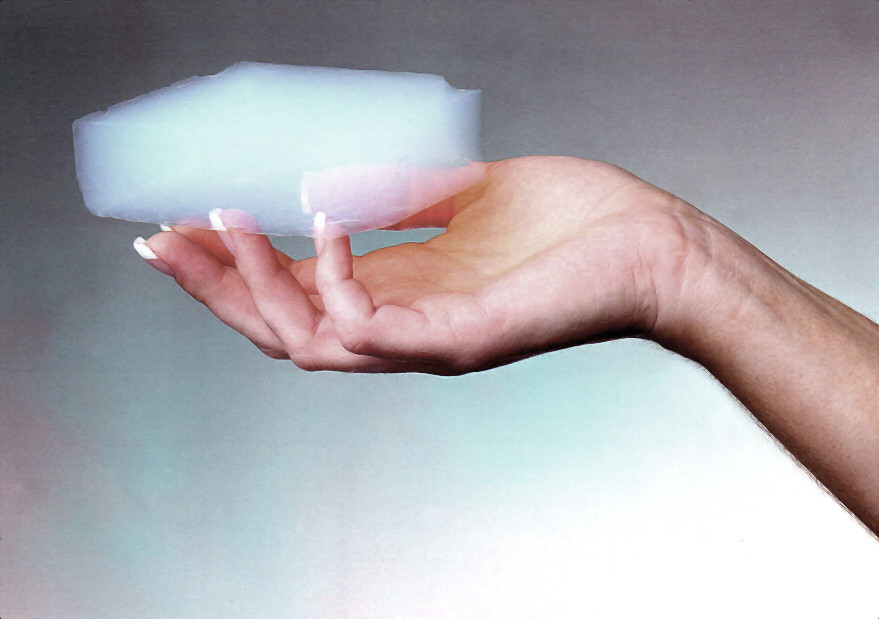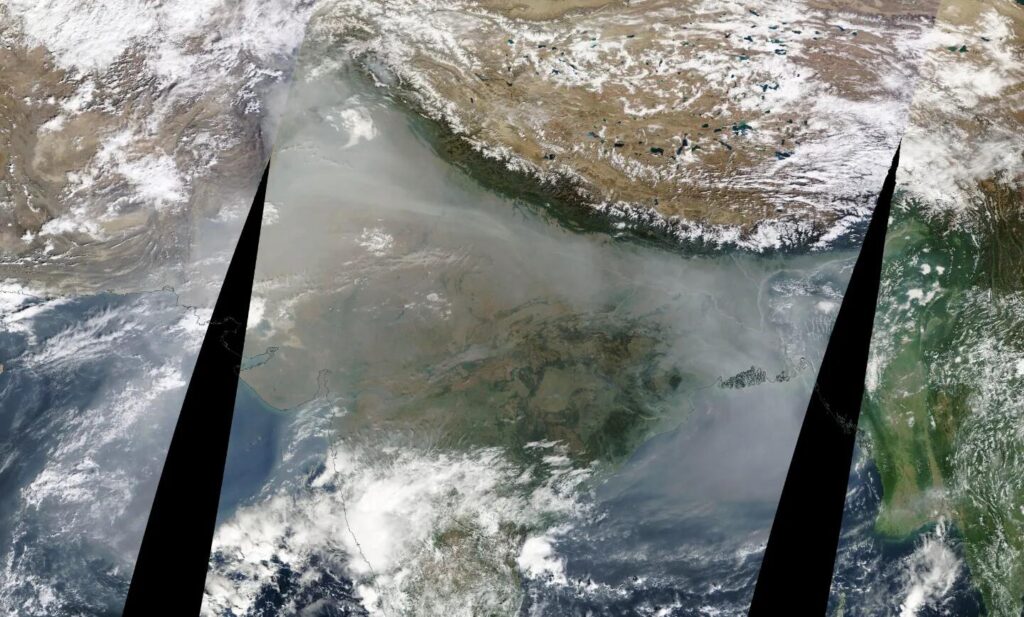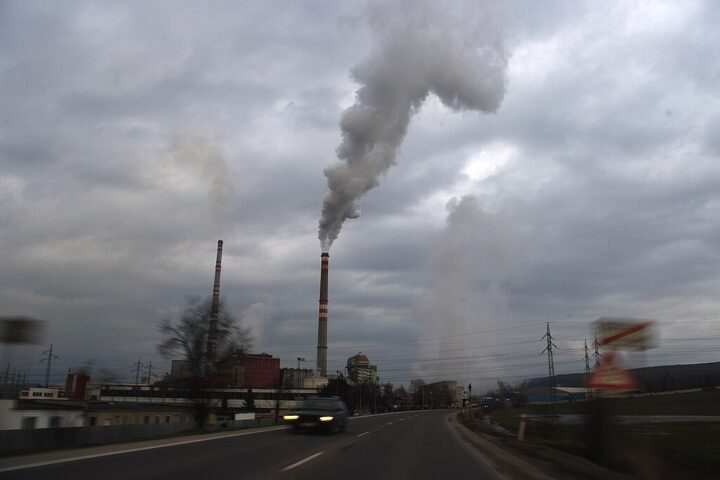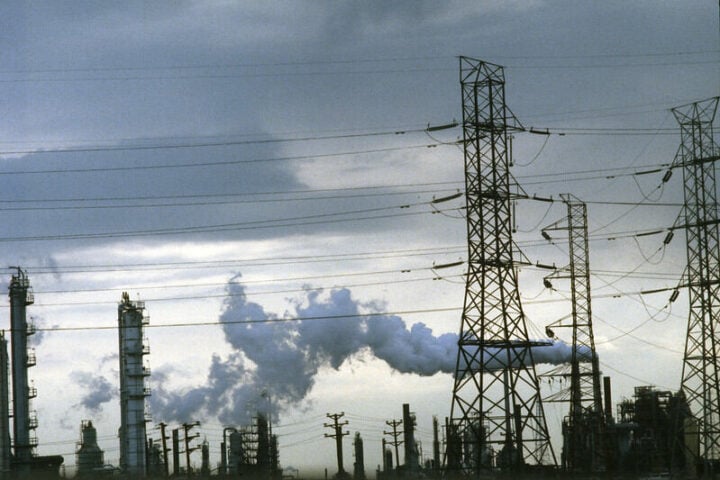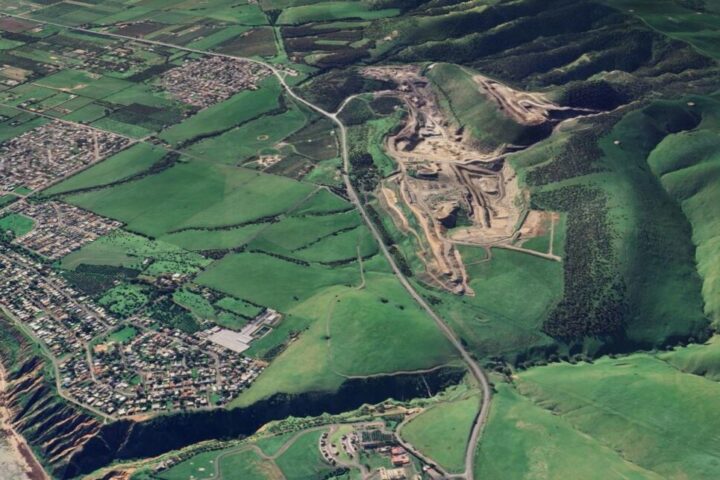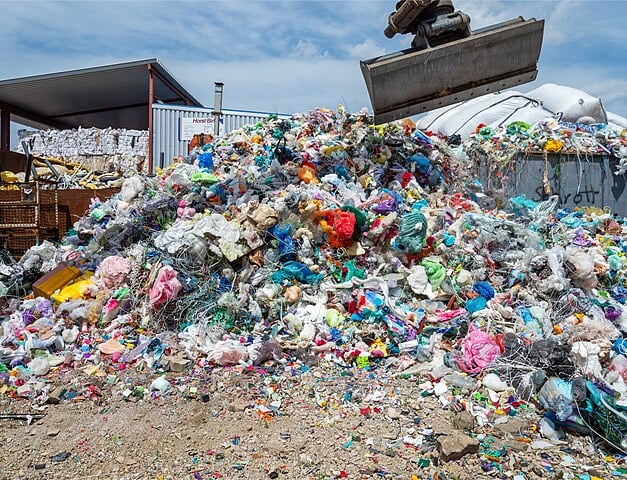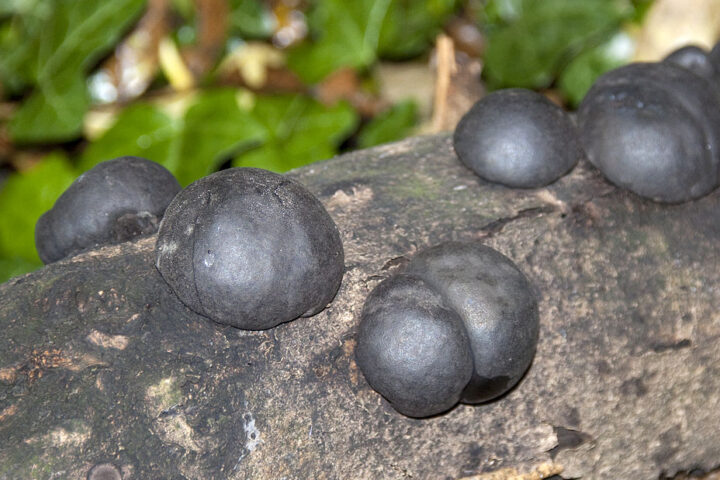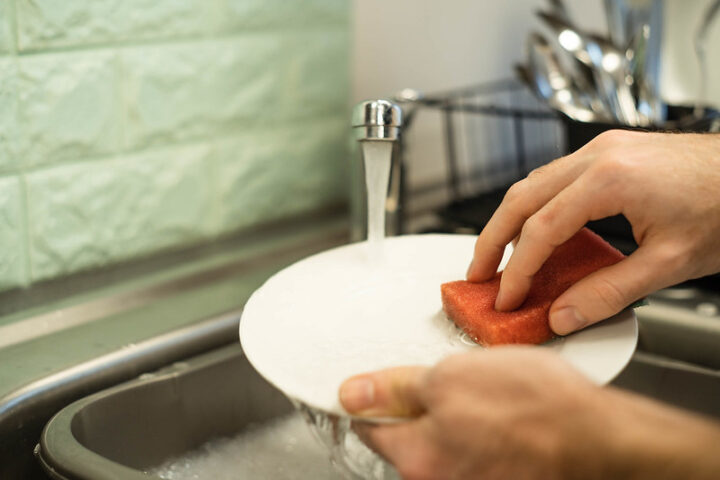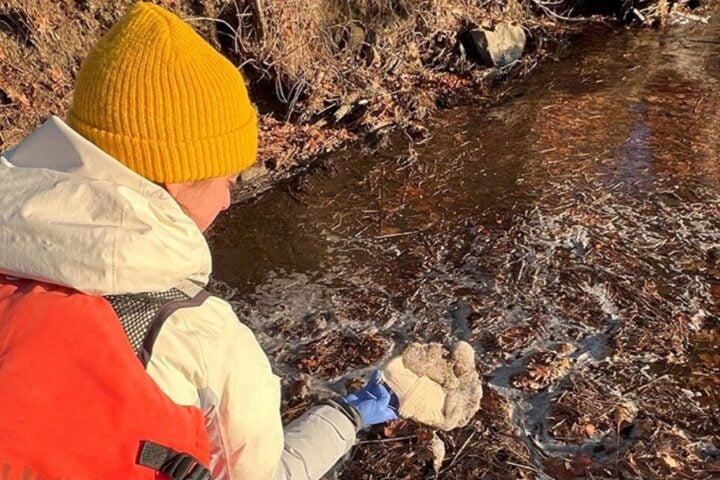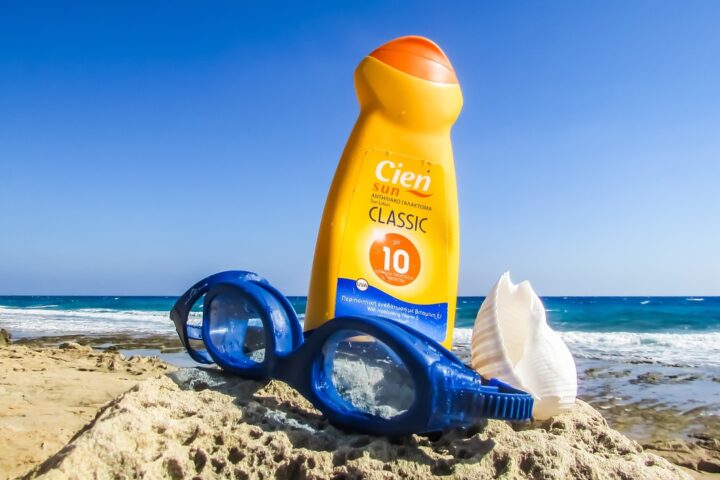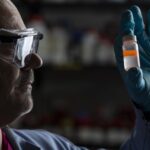In a significant stride toward cleaner water, researchers from IIT Madras and Tel Aviv University have engineered a new aerogel that’s adept at snatching pollutants right out of wastewater. This isn’t just any aerogel; it’s been jazzed up with graphene, and it’s showing off by pulling out more than three-quarters of impurities—even at incredibly low concentrations—in real-time flow.
The team behind this science magic includes Prof. Rajnish Kumar from IIT Madras, who’s got a Shanti Swarup Bhatnagar Prize sitting on his shelf, and Prof. Hadas Mamane from Tel Aviv University, who knows a thing or two about mechanical engineering. They, along with their bright-eyed scholars, have got their work stamped in the ‘Nature Scientific Reports’ journal, which is kind of a big deal in the science world.
“Indigenous techniques for wastewater purification have become essential not only to combat pollution but also to preserve water quality, protect ecosystems and mitigate health risks associated with contaminated water.”
Prof Rajnish Kumar, Department of Chemical Engineering, IIT Madras.
Similar Posts
Aerogels are like the Swiss Army knives of the material world—light as a feather and full of holes, but in a good way. They can grab onto contaminants like a magnet, which is why they’re so great for cleaning up water. The graphene twist here is key; it’s like giving the aerogel superpowers to attract and trap even more nasties from the water.
Prof. Kumar puts it plainly: we need our own ways to clean up water to keep our rivers and lakes healthy and our drinking water safe. Prof. Mamane adds that these aerogel heroes can be tweaked to go after specific bad guys in the water, and they’re not a one-and-done deal—you can use them over and over, which is both smart and kind to the planet.
The secret sauce in making these aerogels is something called ‘supercritical fluid deposition’—think of it as a high-tech baking recipe that ends up with a pollution-fighting dessert. The results are in: these aerogels can kick out over 85% of pollutants when they’re in a controlled hug with water, and they still pack a punch with a 76% clean-up rate when the water’s flowing non-stop.
This isn’t just a win for clean water; it’s a testament to what happens when scientists from different parts of the world shake hands and work together. It’s about making sure that the next time you turn on the tap, the water’s not just clear, it’s clean—thanks to a bit of aerogel magic.
